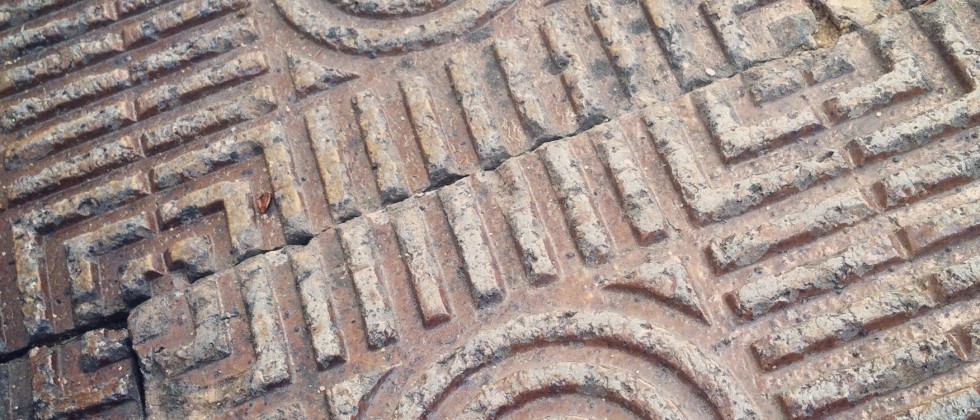
Archaeology at W&L

Washington and Lee University maintains an active research program in anthropological archaeology. Every spring term we run one of two courses--Field Methods or Laboratory Methods in Archaeology (SOAN 210 and 211), which are typically taught in alternating years. Faculty, students, alumni, and researchers from outside the university study artifacts and records in our collection year round at the Laboratory of Anthropology. We also collaborate with students on active research projects through the Federal Work Study Program and the Leyburn Scholars Program in Anthropology.
Students have been participating in field schools with university faculty since 1974, beginning with excavations at the back-campus site of Liberty Hall Academy, the predecessor of Washington and Lee University, which operated there from 1782 until January of 1803.
Starting in the 1980s, W&L archaeologists engaged in research programs called the High Hollows Project and Early Industries in the Valley of Virginia, which investigated a series of domestic sites and pottery kilns. Beginning in the 1990s and early 2000s, our work focused on sites at the Longdale Mining Community in Alleghany County, Virginia. Later efforts included excavation at Thomas Jefferson’s Monticello on the Bacon Site and at Morven Farm near Charlottesville, Virginia.
More recently, W&L archaeologists and students conducted research on the Washington and Lee University front-campus site of Graham Hall, a dorm/academic building (c. 1804-1835), which was replaced by Chavis Hall (built in 1841). Other recent research includes archaeological testing of domestic and commercial structures at Jordan’s Point in Lexington, and research in collaboration with Professor Chris Connors’s geology students at the McDowell Cemetery near Fairfield, Virginia and the Big Spring/McKee Cemetery at Kerr’s Creek, VA.
Starting in 2014, we returned to Liberty Hall with the goal of investigating the period after 1803 when the landscape shifted from an Academy to one of plantation slavery. The University began developement plans for upper-division housing on back campus, a stone’s throw from the iconic Liberty Hall Academy House ruins. The Laboratory of Anthropology began historical research and archaeological fieldwork to investigate areas impacted by that development. This preliminary work quickly developed into one of the main objectives of our research, with plans for long-term research investigating and preserving our important archaeological resources and collections.
Since 2018, we have run a Leading Edge Program in Archaeology every year for incoming first-year students. This weeklong pre-orientation program introduces a small group of students to the basics of archaeological fieldwork and the early history of the university though field excavation at Liberty Hall and field trips to archaeological sites around Virginia.
Additionally , since 2019 we have run an AIM Program in Archaeology entitled: Enslavement at Liberty Hall: Uncovering the Archaeology and Forgotton History of W&L’s Iconic Back Campus.